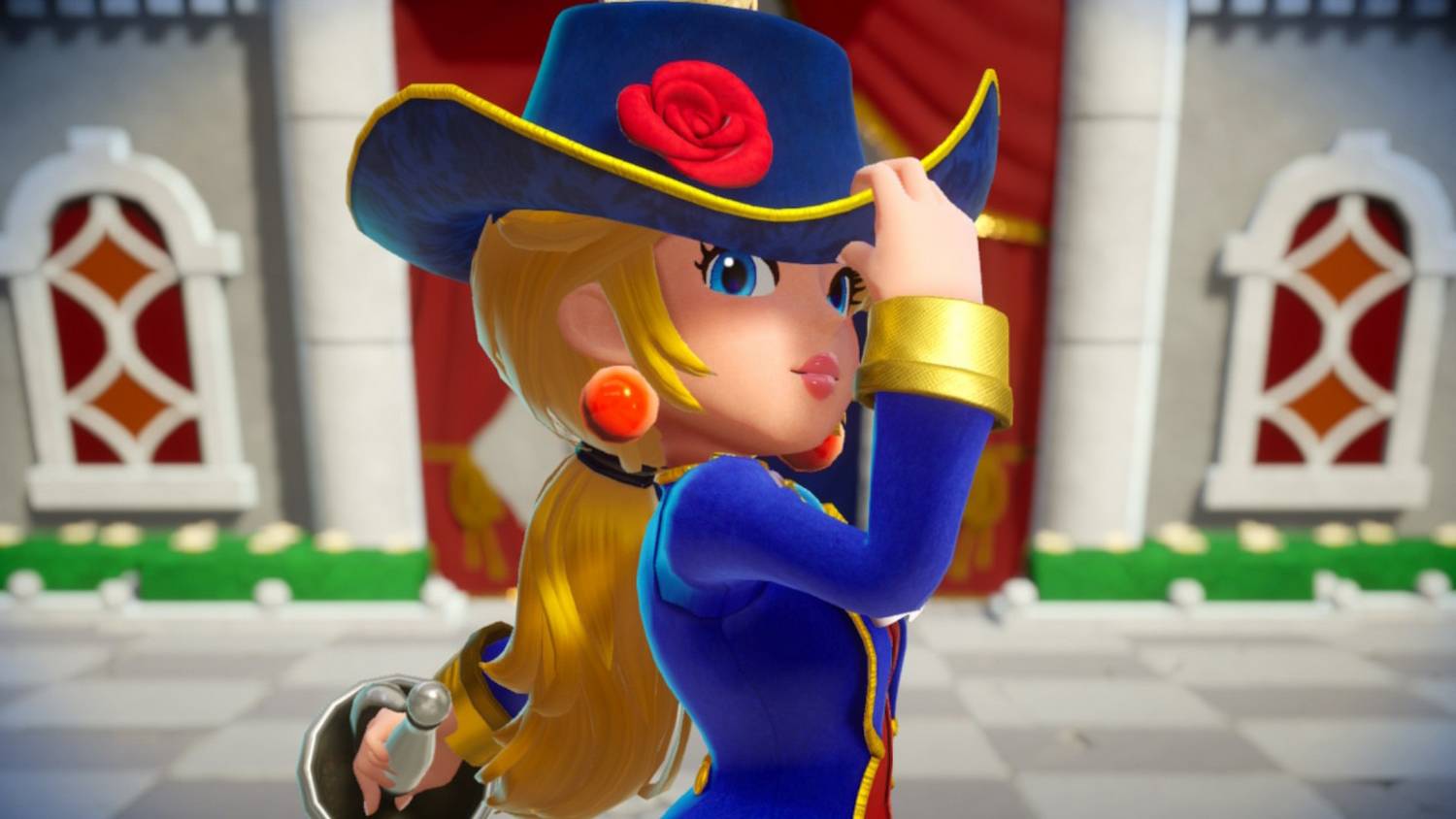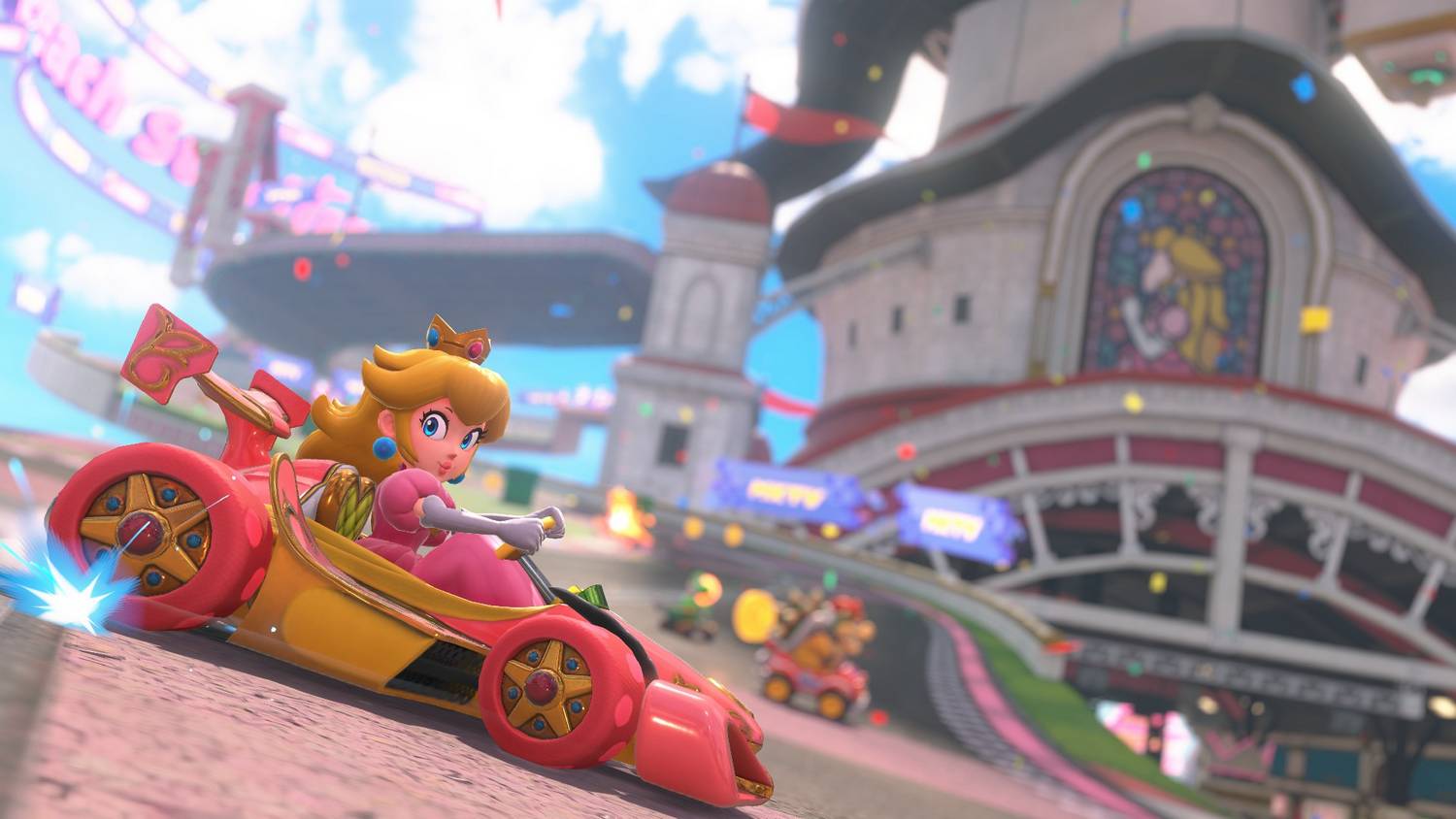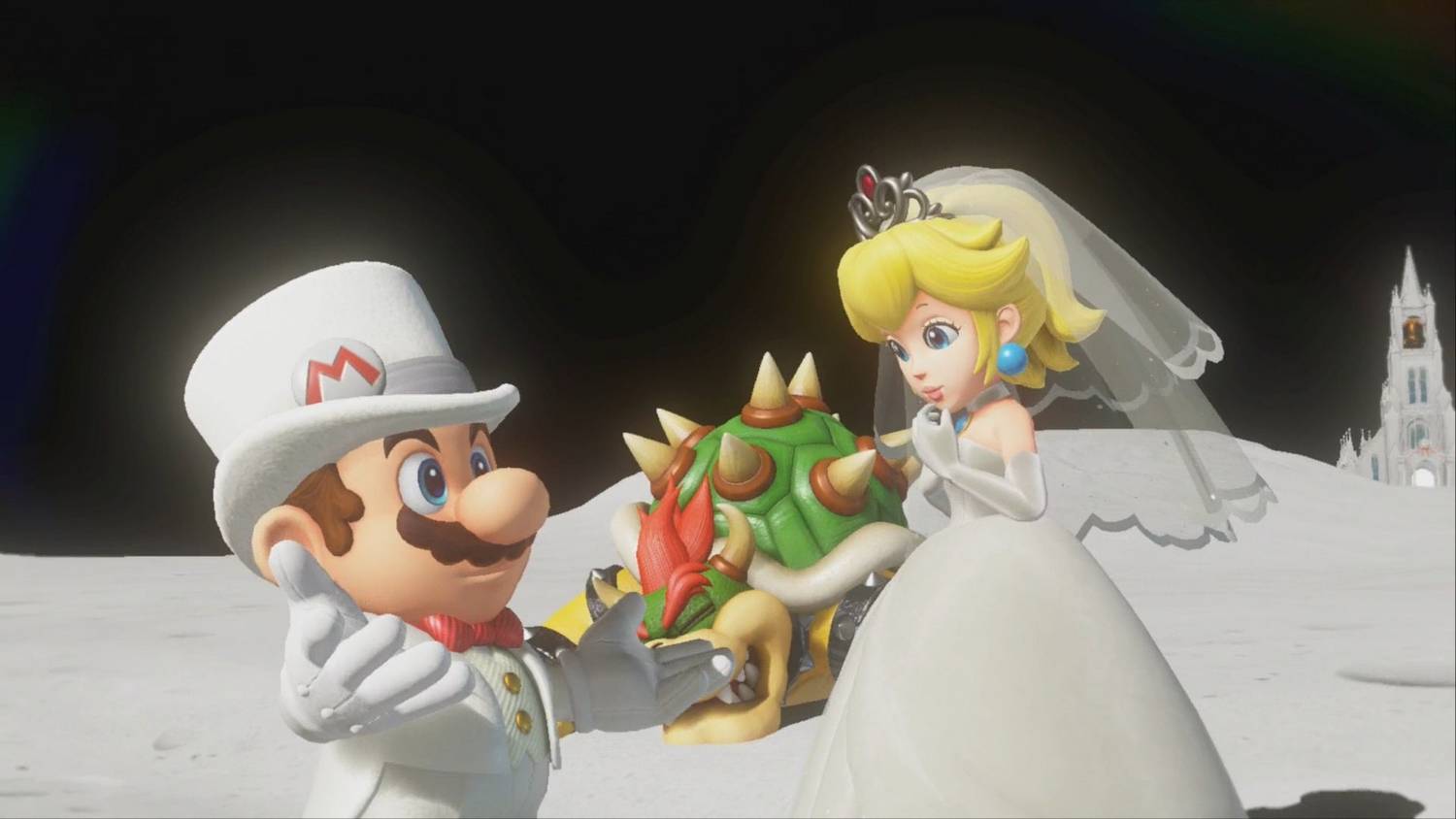An Ad Agency’s Mistake: How Miyamoto Saved Princess Peach’s Name
Popular Now
 PUBG Mobile
PUBG Mobile
 Auto X Drift Racing 3
Auto X Drift Racing 3
 Rust
Rust
 Gacha Club
Gacha Club
 Counter-Strike 2
Counter-Strike 2
 BeamNG.drive
BeamNG.drive
 NBA 2K24
NBA 2K24
 Poppy Playtime
Poppy Playtime
 Call of Duty
Call of Duty
 Candy Crush Saga
Candy Crush Saga 
For a generation of gamers in the United States, the name “Princess Toadstool” was as iconic as Mario’s red cap. She was the damsel in distress, the ruler of the Mushroom Kingdom, and the reason for countless adventures. But for fans in Japan, her name was, and always had been, Princess Peach. The long-standing confusion over her name has been a mystery for decades, with many assuming it was a deliberate choice by Nintendo of America. Now, a new interview with Nintendo veteran Leslie Swan has finally revealed the surprising truth: the name was the result of a creative decision made by a third-party ad agency that was hired to create the manual for the original Super Mario Bros., a choice that only began to be rectified a decade later in Super Mario 64, thanks to the personal preference of the game’s creator, Shigeru Miyamoto.
According to Swan, who worked as a localization manager for Nintendo and famously voiced Princess Peach in Super Mario 64, there was little communication between the developers in Japan and the marketing team in the United States in the early days. As a result, the ad agency was given the freedom to “just kind of create names for things,” a decision that gave us names like Princess Toadstool. The name stuck for a decade, appearing in games like Super Mario World and a number of animated series. The ad agency’s decision to use “Toadstool” over “Peach” was likely a misguided attempt to make the name more relevant to the Mushroom Kingdom, but it created a lasting confusion that would only be resolved years later.
 Miyamoto’s Preference and a New Canon
Miyamoto’s Preference and a New Canon
The turning point came during the localization of Super Mario 64. Swan, who was the head of the game’s English localization team, was working directly with Shigeru Miyamoto and a translator. In a candid moment, Miyamoto reportedly asked her, “Is Peach a bad name?” Swan, who had to explain that the character was known as “Princess Toadstool” in the U.S., was met with a clear and simple response from the legendary game designer: “Well, I really like Peach as her name.” This moment of creative preference from a man who is famously meticulous about his work was the catalyst for change. Swan, wanting to find a way to honor both the Japanese name and the name that a generation of fans had grown up with, came up with a brilliant solution: they would use both.
- The Letter That Changed Everything: The most visible example of this compromise is the iconic letter that Mario receives at the beginning of Super Mario 64. The letter is officially signed “Princess Toadstool,” but the name “Peach” is scrawled over the top in a more informal, handwritten font. This small detail was a clever way to bridge the two names and give both a place in the game’s new canon.
- The End of the Name Confusion: The compromise worked perfectly. Following Super Mario 64, the name “Peach” was used almost exclusively in all future games and media, with “Toadstool” being used as an occasional surname. The name was finally consistent between all regions, and the long-standing mystery was finally solved.
- A Legacy of Localization: The story is a fascinating look into the early days of game localization, a time when cultural and creative barriers were often an insurmountable challenge. It is a testament to the dedication of the localization team, and the creative collaboration between them and the development team, that they were able to not only fix the name but also make it a part of the game’s official lore.
 The End of an Era, and a New Beginning
The End of an Era, and a New Beginning
The story of Princess Toadstool’s name is a unique and telling one. It’s a reminder that even in the creation of a massive franchise, little details can have a huge and lasting impact. The ad agency’s decision, likely made in a moment of creative haste, created a decade of confusion that was only resolved when a creator decided to put his foot down. The fact that Miyamoto was so passionate about the name “Peach” is a testament to the idea that he sees his characters not just as assets but as living, breathing entities with a distinct identity. The name “Peach,” which he came up with because of its association with the color pink and princesses, was more than just a name to him; it was a part of her very essence. It’s a a reminder that even in a world of complex creative processes, sometimes all it takes is a simple decision from the right person to change the course of an entire franchise.








 Miyamoto’s Preference and a New Canon
Miyamoto’s Preference and a New Canon The End of an Era, and a New Beginning
The End of an Era, and a New Beginning